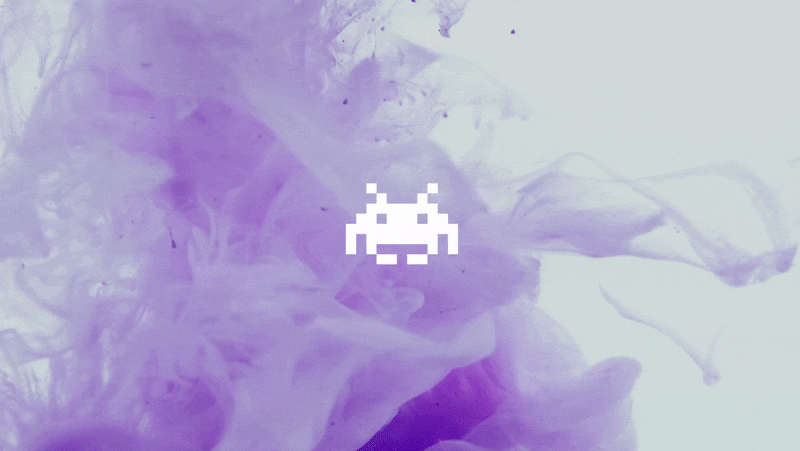Trends 2026: Where Experiential Marketing Is Evolving
In 2026, the experience will no longer be a format: it becomes the most authentic way of connecting. Technology, emotion and sustainability lead the way.
What excites us today that we weren't excited five years ago?
That question sums up the challenge that brands face in 2026. Experiential marketing is no longer about “surprising”, but about building real links in a world saturated with stimuli. What used to be measured in impacts or attendees, is now measured in memories, emotions and shared meaning.
The future of the sector does not come at once: it is felt. In each more humane event, in each technology that ceases to seem like artifice. And that defines the five major directions in which experiential marketing is evolving in 2026.
1. Immersive experiences, but without artifice
The era of augmented reality, interactive spaces and creative artificial intelligence continues, but with a new premise: less spectacle, more meaning. Brands no longer seek to impress with giant screens, but to integrate technology organically to amplify emotion.
We will see events where attendees interact with generative environments that respond to their energy or moods; experiences that mix biometric data with emotional narrative; or performances where AI collaborates with human artists to create something unrepeatable. The key is that technology disappears as a protagonist and becomes atmosphere.
2. Emotional intelligence becomes a competitive advantage
2026 is the year when emotion becomes strategy. Emotional intelligence applied to the design of experiences is consolidated as a differential factor: environments are created that accompany the emotional states of the public, which manage attention, calm and human connection.
Events begin to have moments designed to breathe, spaces for intimate conversation, or activities that reinforce empathy and shared purpose. It measures not only satisfaction, but also the sense of belonging, of identity. Because an emotionally connected assistant becomes a natural ambassador for the brand.
3. Sustainability: From Promise to Visible Practice
Sustainable experiences cease to be discourse and become an operational standard. The public no longer applauds those who “compensate their footprint”, but those who rethink the complete production model: reusable materials, local catering, public transport, real circularity.
We will also see a boom in micro-events with a high emotional impact and a low ecological footprint. Less travel, more local connection. “Less is more” becomes an aesthetic and ethical trend. Success is no longer measured in square meters, but in coherence.
4. Data becomes ethical (and sensitive)
For years the obsession was to collect data; in 2026, the priority will be how it is used and communicated. Attendees want personalized experiences, yes, but not at the expense of their privacy. Brands that manage to build trust through transparency will be the ones that lead.
The so-called ethical data will promote new formats of consensual personalization: virtual assistants that inform what information they use, dashboards where the user controls their experience, and systems that return real value in exchange for sharing data. Personalization ceases to be invasive and becomes collaborative.
5. Towards more humane events
The paradox is obvious: the more technology we have, the more we need to feel human. The experiences of the future will not focus on digital, but on reunion, vulnerability and authenticity.
Events are transformed into spaces where people recognize each other, share learning and look into each other's eyes again. We will see fewer mass shows and more encounters that celebrate the essential: connection.
In an environment where everything can be measured, what counts most will be what cannot be measured.
Experiential marketing in 2026 does not seek to escape change, but to embrace it with awareness. Brands that understand that an experience is not designed, it is felt, will be the ones that leave their mark.
Because in the end, the future isn't in the technology we use, but in how it makes us feel.





